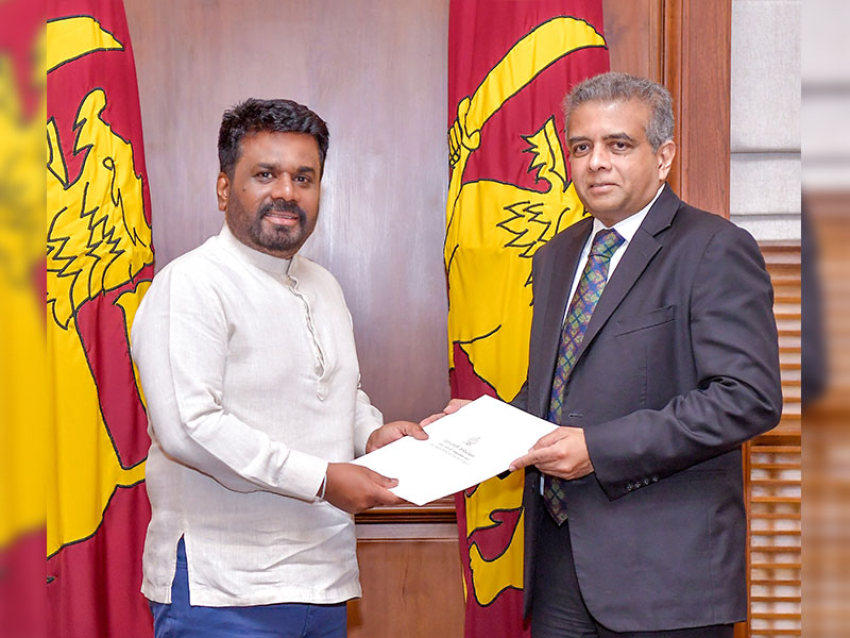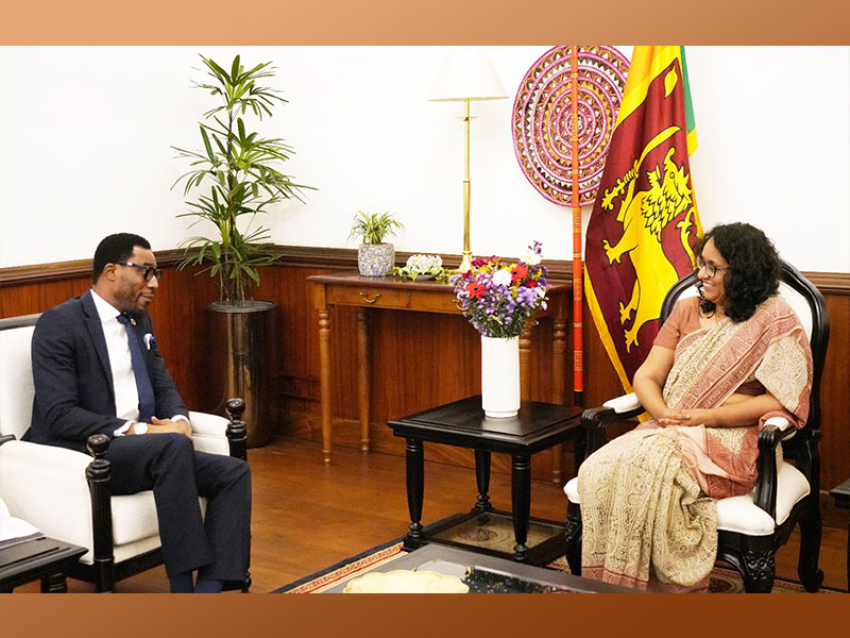The new tool is being developed by the Global Water Project, the International Water Management Institute and the World Meteorological Organization with help from the governments of Afghanistan, Bhutan, Bangladesh, the Maldives, Nepal, India, Pakistan and Sri Lanka. Farmers and reservoir managers will be key recipients of the new data reports, which will be updated every eight days, said Frederik Pischke, a programme officer on international climate and hydrology for the Global Water Project. “The most important thing is to get the message to the ground level, to the level of farmers, households and water managers who are the final water users, so that they know well in advance what to expect and can adapt,” Pischke said.
Developers are exploring the possibility of using mobile phones, media and groups such as farmer organisations to get out the information, which will be as close to real-time updating as possible. South Asia already has a regional climate group that meets before the annual monsoon in April. That annual meeting of weather experts from all eight South Asian countries as well as World Meteorological Organization specialists has taken place since 2010 and has predicted the levels of monsoon rains fairly accurately, said Pischke. However, he said that the major snag has been getting monsoon updates to farmers and other people who could benefit in a timely manner. “The success of the new South Asia Drought Monitoring System will depend on how quickly and how effectively we get the updated data to the end users,” he said.



















